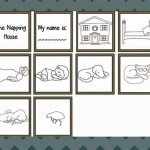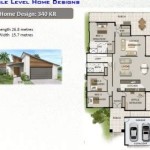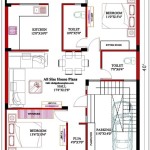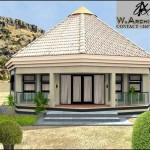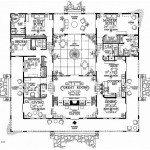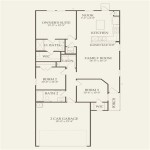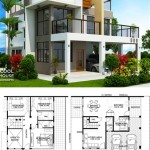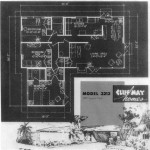House Plan Pictures: A Visual Guide to Your Dream Home
House plan pictures offer a crucial visual aid in the home design process. They provide a tangible representation of architectural concepts, allowing you to visualize the layout, spatial relationships, and aesthetic features of your future home. Whether you're working with an architect or a builder, or you are designing your dream home independently, these images are essential for understanding and communicating your vision. This article explores the importance of house plan pictures, discusses different types of images used, and highlights key considerations for interpreting and utilizing them effectively.
Benefits of House Plan Pictures
House plan pictures offer several advantages for both homeowners and professionals involved in the construction process:
- Clarify Design Intent: Images provide a clear visual representation of the architect's or designer's vision. They help to eliminate ambiguity and ensure all parties involved understand the intended layout, dimensions, and design elements.
- Visualize Space and Flow: House plan pictures allow you to understand the flow of the home, the relationship between rooms, and how they connect. This helps in identifying potential issues with traffic patterns, furniture placement, and overall functionality.
- Explore Design Variations: Pictures can be generated for different design options, enabling you to compare and evaluate alternative layouts, elevations, and exterior styles. This allows for informed decision-making and helps to ensure the final design aligns with your preferences.
- Communicate with Contractors: House plan pictures serve as a critical communication tool between you and the contractors involved in the building process. They provide a clear blueprint that streamlines construction and minimizes misunderstandings.
- Enhance Visualization and Excitement: Visualizing your future home through pictures evokes excitement and helps you better connect with the design. It allows you to mentally furnish the spaces, anticipate different scenarios, and build anticipation for the completion of your project.
Types of House Plan Pictures
There are various types of house plan pictures used in the design process, each offering distinct perspectives and information:
- Floor Plans: These are top-down views of each level of the house, showing the layout of rooms, walls, doors, and windows. They are essential for understanding the spatial arrangement and dimensions of the home.
- Elevations: Elevations are exterior views of the house from different sides, showcasing the facade, roofline, windows, and doors. They help to visualize the architectural style, overall aesthetics, and how the house will appear from various angles.
- 3D Renderings: These are realistic computer-generated images that provide a three-dimensional perspective of the house. They offer a more immersive visual experience, allowing you to visualize the interior and exterior spaces, material finishes, and landscaping.
- Virtual Tours: Some software programs allow you to navigate through a virtual 3D model of the house, providing an interactive experience. This enables you to walk through the rooms, explore different perspectives, and gain a better understanding of the spatial relationships within the home.
Key Considerations for Interpreting House Plan Pictures
When interpreting house plan pictures, it's crucial to pay attention to specific details and considerations:
- Scale and Dimensions: Always check the scale of the drawings to ensure accurate understanding of room sizes and overall proportions. This will help you make informed decisions regarding furniture placement and overall functionality.
- Material Specifications: Pay attention to the materials indicated on the plans, including flooring, wall finishes, and exterior cladding. This will allow you to visualize the overall aesthetic and make informed choices for your design.
- Lighting and Views: Examine the windows and their placement on the plans. This will help you understand natural light penetration and the views from different rooms. Consider the sun's path and its impact on the house's energy efficiency.
- Functionality and Flow: Evaluate the flow of traffic through the house, the location of key rooms, and their proximity to each other. This will ensure the home is designed for comfortable and practical living.
- Outdoor Spaces: If the plans include landscaping, patios, balconies, or decks, review these elements carefully. Consider the size, functionality, and connection to the interior spaces.
House plan pictures are essential for a successful home design process. They provide a visual representation of your design intentions, allowing you to visualize every aspect of your dream home. By understanding the different types of pictures, key considerations, and the information they convey, you can effectively utilize them to make informed decisions and bring your vision to life.

House Plans How To Design Your Home Plan

House Plans How To Design Your Home Plan

House Plans How To Design Your Home Plan

Simple 3 Room House Plan Pictures 4 Nethouseplans Building Plans Designs With Small Modern

House Plan Maywood Sater Design Collection

Peach Tree House Plan Ranch Floor Designs

House Plan 45467 Ranch Style With 1680 Sq Ft 4 Bed 2 Bath

Emerald House Plan

Plan 44207 Modern Prairie House With 2499 Sq Ft 4 Bedroom

Cottage Plan 400 Square Feet 1 Bedroom Bathroom 1502 00003

